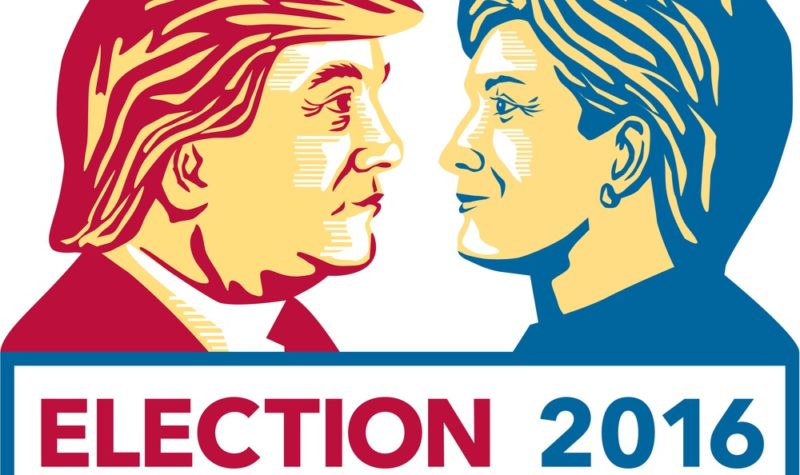Trump v Clinton: What does it mean for your portfolio?

In a decision that promises huge ramifications for investors, on 8 November the US electorate will cast ballot votes to decide who will become the next President of the United States.
On one side is Hillary Clinton, who aims to extend the Democrats’ term in office to twelve years, while at the same time becoming the first female President in the history of the United States. On the opposing side is the unorthodox, and often exuberant, Republican candidate Donald Trump, who aims to put an end to the Democrats’ leadership and completely revamp the US economy.
Hillary Clinton has been in front for most of the time, which has been providing some respite to financial markets, as Clinton represents a smoother transition than Trump. But the race is becoming tighter and investors should give some more credit to Trump’s odds of becoming the next US President. In the final days we are assured a fierce battle between the two sides that will inevitably prove too close to call.
No matter who the candidates are, there’s always a substantial difference between Republicans and Democrats, which is expected to be reflected in financial markets during the President’s tenure in the form of different outcomes.
Republicans and Democrats diverge in terms of Federal spending, social security policy, taxes, foreign policy, health and education priorities, degree of public intervention and in many other important fields of action, which is expected to impact companies in different sectors in different ways, as well as the dollar, commodities, house prices, fixed income and so on.
This year, the differences between the candidates are substantial, as Donald Trump seems to be willing to break up a few international agreements and lead the United States into isolationism, which will certainly have a big impact on trade, the US dollar, and exporting companies….
To read the rest of this article, click HERE to read Master Investor Magazine.
Comments (0)